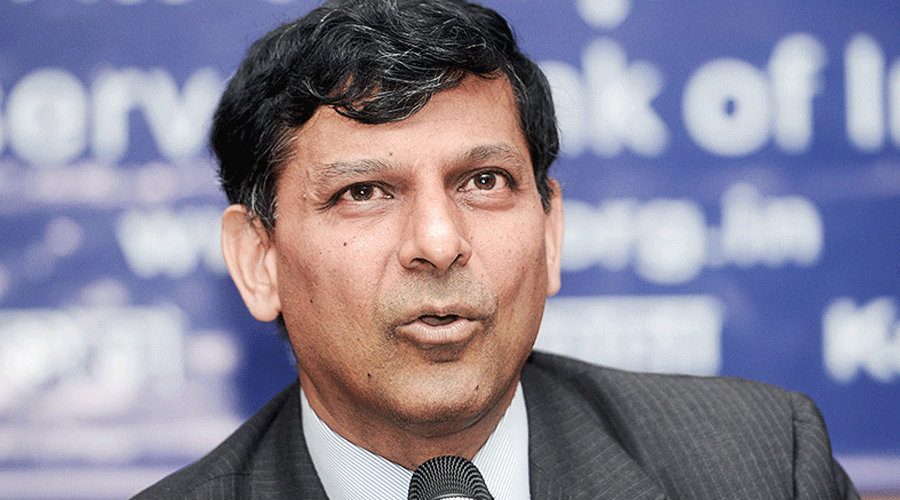Raghuram Rajan has warned that recent trends in the Indian economy’s rate of growth indicate that the nation is headed towards the ‘Hindu rate of growth’. The Hindu rate of growth is a term that was coined by the famous economist, Raj Krishna, in 1978 to characterise the low rate of growth experienced by the Indian economy from the early 1950s to the 1970s. The Hindu rate was the average rate clocked by the economy: it lay somewhere between 3.5% and 4%. Mr Rajan’s remark is based on the recent deceleration in India’s quarterly rate of economic growth this year. The slowdown had been noticeable even earlier, prior to the pandemic. The pandemic accentuated the trend. The reasons for not expecting a turnaround anytime soon include the domestic economy’s slowdown from a lack of healthy flows of private investment, high interest rates, and the sluggish growth of the world economy. Hence, the warning is not without statistical evidence. As expected, this has drawn reactions from many quarters pointing out that Mr Rajan’s claim is incorrect and alarmist. For instance, State Bank of India sources have claimed that the incremental capital-output ratio has fallen, indicating that lower doses of additional capital resources would be required to produce one additional unit of output. Hence, there could be more output produced with lower addition to capital stock through private investment. If that is indeed the case, as claimed by the State Bank of India, the capital cost of production would be lower, attracting more investment. This is yet to be seen.
What Mr Rajan did not dwell upon was the political impact of the slowdown in economic growth. Since Independence, whenever the macroeconomic performance had been poor, marked by high rates of inflation, there have been serious electoral dents in the performance of the political regime in power. There has been one exception to this trend: the electoral outcome of the 2019 parliamentary elections where, despite signs of a slowdown, the National Democratic Alliance led by Narendra Modi did exceptionally well. One possible hypothesis to explain the outcome would be the popularity of the prime minister. He has perhaps been able to delink economic problems from the electoral preferences of voters. If that is indeed a new trend being witnessed in India, the slowdown to a Hindu rate of growth would be of no political consequence. India’s macro-economy would, however, continue to perform below par.










